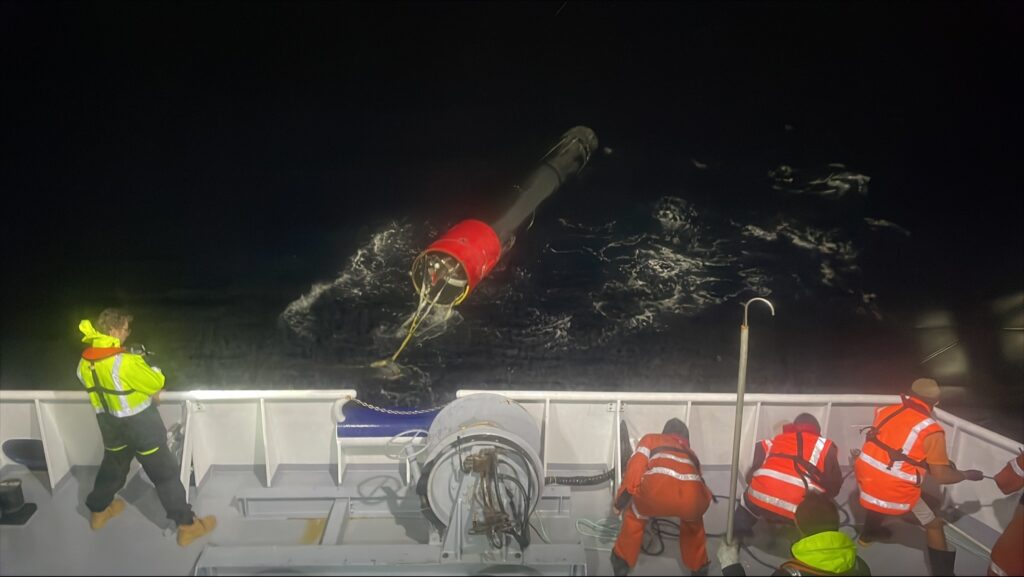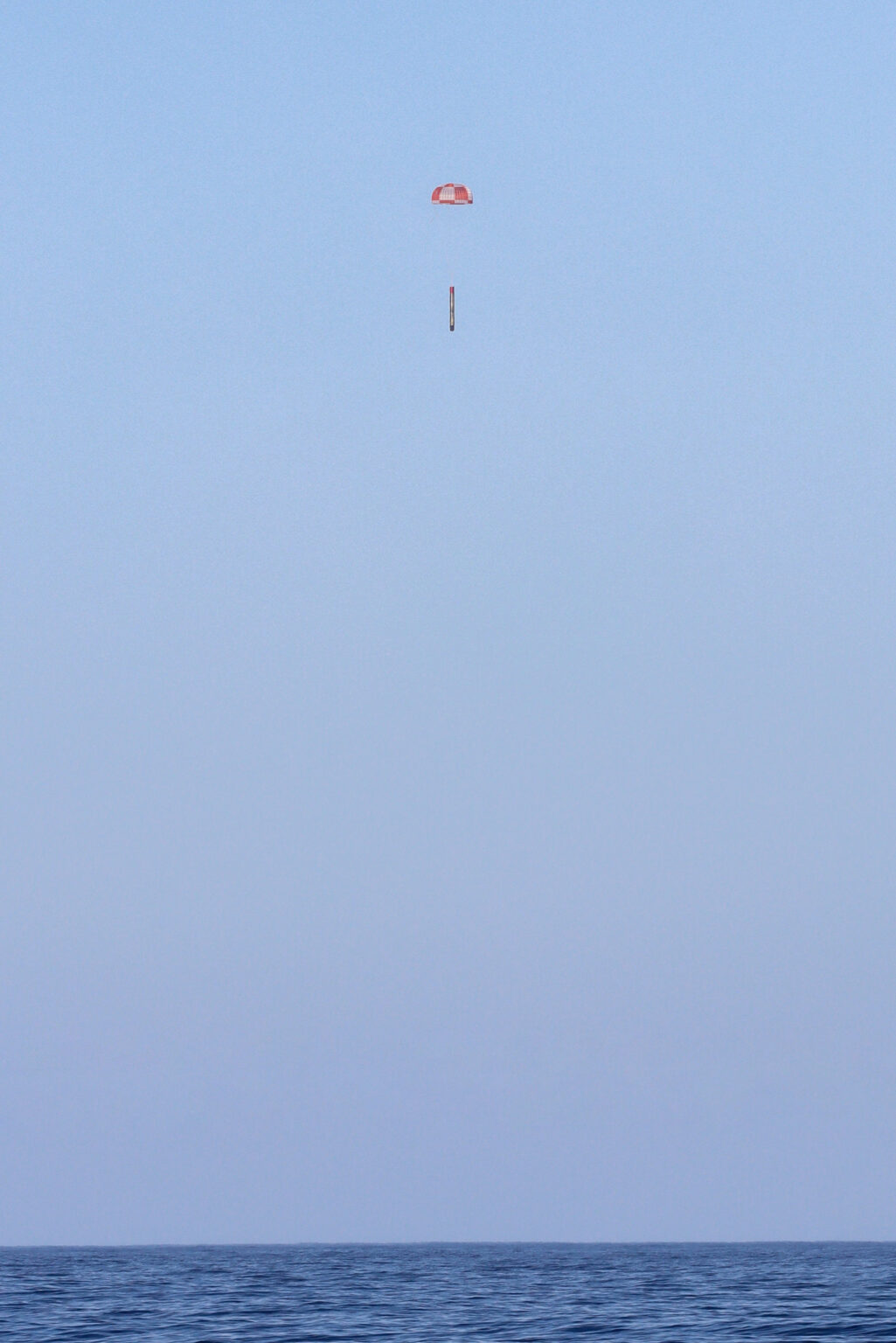On July 18, Rocket Lab carried out a new launch of the Electron rocket. The Baby Come Back mission was a complete success. Rocket Lab managed not only to put a payload into orbit, but also to successfully splashdown the first Electron stage.
In recent years, Rocket Lab has been making significant efforts to return and reuse the first stages of the Electron rocket. Initially, the company relied on a combination of parachutes and a helicopter equipped with a special air capture system, which was supposed to “catch” the stages returning to Earth during their descent. However, this method turned out to be too complicated. During the first attempt, the helicopter pilot had to drop a stage into the water. For the second time, the company lost telemetry from the stage, which caused it to be splashed into the Pacific Ocean.

But after the engineers assessed the condition of the stage that was splashed into the ocean, it turned out that it was quite satisfactory, and most of the components were suitable for reuse without the need for restoration work. Therefore, the Rocket Lab management decided to abandon the helicopter and limit itself to landing the stage on parachutes, with its subsequent extraction using the company’s ship.
Successful return of the first stage
Rocket Lab’s next stage return experiment was conducted during the Baby Come Back mission. Its main goal was to put into orbit seven satellites owned by NASA, as well as Telesat and Spire Global. Rocket Lab also tested new stage return technologies, including improved water protection, a lighter parachute and new equipment on the search ship.

According to Rocket Lab, the Baby Come Back mission went exactly as planned. The company managed to put the entire payload into a given orbit, while the first Electron stage successfully parachuted and was soon picked up by the ship. In the very near future, it will be delivered to the company’s base, after which engineers will inspect it and assess the prospects for reuse.
Follow us on Twitter to get the most interesting space news in time
https://twitter.com/ust_magazine

